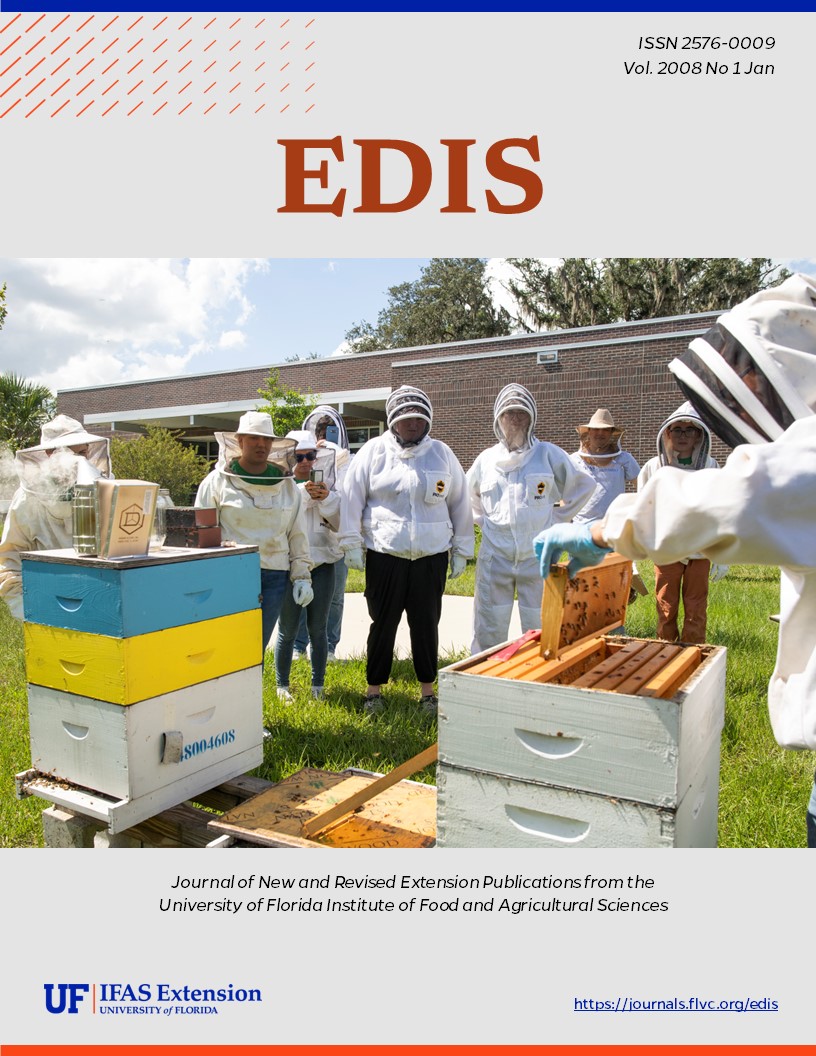Abstract
Revised! FCS-8781, a 12-page fact sheet by Amy Simonne and Elizabeth Gollub, is a valuable resource for anyone dealing with food allergies or food intolerances. It covers egg, milk, wheat, soy, nut, and seafood allergies, as well as food additive intolerances, and lists different names these ingredients may appear under on food labels and foods they may be hidden in. Revised to include information on fish and shellfish allergies and to update links. Published by the UF Department of Family, Youth and Community Sciences, November 2007.
FCS8781/FY723: Decoding Food Labels: Tools for People with Food Allergies (ufl.edu)
References
HR 3684 IH. Food Allergen Labeling and Consumer Protection Act of 2003.
Institute of Food Technologists. Scientific status summary: Seafood allergy and allergens: a review. 1995 October;49(10): 103-116.
Sicherer SH, Sampson HA. Prevalence of peanut and tree nut allergy in the United States determined by means of a random digit dial telephone survey: a five-year follow-up study. Journal of Allergy and Clinical Immunology. 2003;112(6): 1203-7. https://doi.org/10.1016/S0091-6749(03)02026-8
Steinman HA. Hidden allergens in foods. Journal of Allergy and Clinical Immunology. 1996;98(2): 241-250. https://doi.org/10.1016/S0091-6749(96)70146-X
Taylor SL, Hefle SL. Food allergies and other food sensitivities. Food Technology. 2001;55(9): 68-83.
Taylor SL, Stratton JE, Nordlee JA. Histamine poisoning (scombroid fish poisoning): an allergy-like intoxication. J Toxicol Clin Toxicol. 1989;27(4-5): 225-240. https://doi.org/10.3109/15563658908994420
U.S. Food and Drug Administration. FDA Medical Bulletin. Monosodium Glutamate. 1996; vol 26(1). Available from: http://www.fda.gov/medbull/january96/msg.html
U.S. Food and Drug Administration. Food allergies rare but risky. FDA Consumer May 1994. Available from: http://vm.cfsan.fda.gov/~dms/wh-alrg1.html
U.S. Food and Drug Administration. When food becomes the enemy. FDA Consumer July-August 2001, revised April 2004. Available from: http://www.fda.gov/fdac/features/2001/401_food.html.
Walton RG, Hudak R, Green-Waite RJ. Adverse reactions to aspartame: double-blind challenge in patients from a vulnerable population. Biol Psychiatry. 1993 Jul 1-15;34(1-2): 13-7. https://doi.org/10.1016/0006-3223(93)90251-8
William J, Jr. Food allergens: Effectively managing processing risks. Food Protection Trends. 2004;24(1): 20-22.
Hansen TK, Bindslev-Jansen C, Skov PS, and Poulsen LK. Codfish allergy in adults: IgE cross-reactivity among fish species. Annals of Allergy, Asthma and Immunology. 1997 Feb; 78(2): 187-194. https://doi.org/10.1016/S1081-1206(10)63386-8
Chu KH, Wong SH, and Leung PSC. Tropomyosin is the major mollusk allergens: Reverse transcriptase polymerase chain reaction, expression and IgE reactivity. Marine Biotechnology. 2004 September;2(5):4 99-509. https://doi.org/10.1007/s101260000035
Wild LG and Lehrer SB. Fish and shellfish allergy. Current Allergy and Asthma Reports. 2005 January;5(1): 74-79. https://doi.org/10.1007/s11882-005-0059-z

